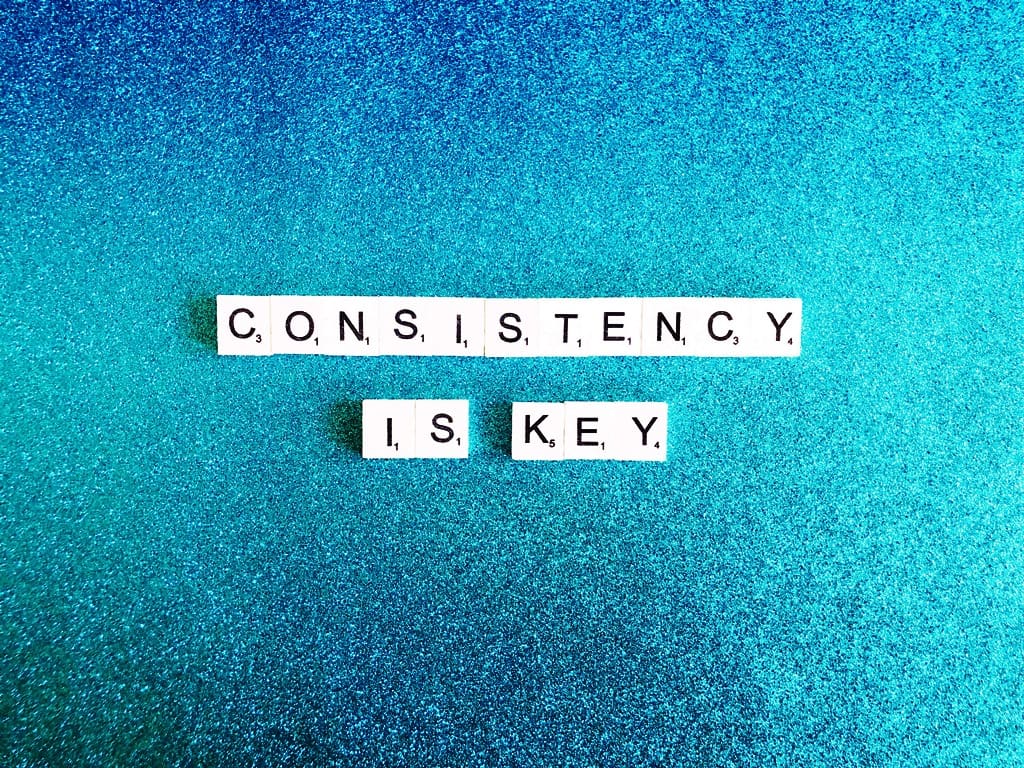In real estate, a strong online presence can be your ticket to success. One powerful tool in your digital arsenal is blogging. Real estate blogging not only showcases your expertise but also helps you connect with potential clients. However, it’s essential to do it right to reap the benefits fully. In this guide, we’ll explore the best practices for real estate blogging and highlight common mistakes to steer clear of.
Why Real Estate Blogging Matters
Before diving into best practices, let’s understand why real estate blogging is a game-changer. In today’s tech-savvy world, homebuyers and sellers turn to the internet for information and guidance. A well-maintained blog can:
1. Establish Your Authority
Blogging allows you to showcase your knowledge and expertise in the real estate market. Share insights, market trends, and tips to demonstrate that you’re the go-to expert in your area.
2. Build Trust and Credibility
Consistent, informative content fosters trust with your audience. Readers who find valuable information on your blog are more likely to choose you as their real estate agent.
3. Improve SEO Ranking

Search engines love fresh, relevant content. Blogging regularly can boost your website’s search engine ranking, making it easier for potential clients to find you.
Best Practices for Real Estate Blogging
Now, let’s delve into the best practices that can make your real estate blog a success:
1. Know Your Audience
Understanding your target audience is crucial. Tailor your content to address their needs, concerns, and interests. Are you working with first-time homebuyers, investors, or sellers? Customize your content accordingly.
2. Consistency is Key

Consistency in publishing is vital. Create a content calendar and stick to it. Whether it’s weekly, bi-weekly, or monthly, consistency builds anticipation and keeps your readers engaged.
3. Quality over Quantity
While consistency is essential, don’t sacrifice quality for quantity. Each blog post should offer valuable insights and information. Well-researched, informative content resonates with readers.
4. Optimize for SEO
Optimizing your blog posts for search engines is crucial. Use relevant keywords, incorporate meta descriptions, and ensure your content is easily shareable on social media.
5. Visual Appeal
Enhance your blog posts with visuals. High-quality images, infographics, and videos can make your content more engaging and shareable.
Common Mistakes to Avoid
While best practices are essential, it’s equally vital to avoid common pitfalls in real estate blogging:
1. Neglecting Mobile Optimization
With the majority of web traffic coming from mobile devices, ensure your blog is mobile-responsive for a seamless user experience.
2. Ignoring Analytics

Failing to track your blog’s performance can lead to missed opportunities. Monitor traffic, user behavior, and engagement to refine your content strategy.
3. Overly Salesy Content
Avoid being too promotional in your blog posts. Instead, focus on providing value and information. Readers will appreciate your expertise without feeling pressured.
4. Neglecting Social Media Promotion
Don’t forget to share your blog posts on social media platforms. It’s a great way to reach a wider audience and engage with potential clients.
In conclusion, real estate blogging is a powerful tool to establish your authority, build trust, and connect with clients. By following best practices and avoiding common mistakes, you can leverage your blog to navigate the competitive world of real estate successfully.
#RealEstateBlogging #SEOforRealtors #RealEstateMarketing
